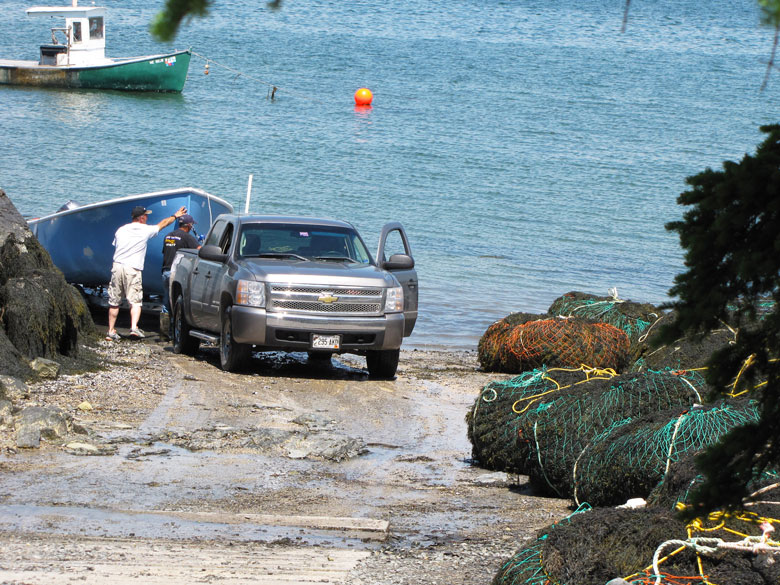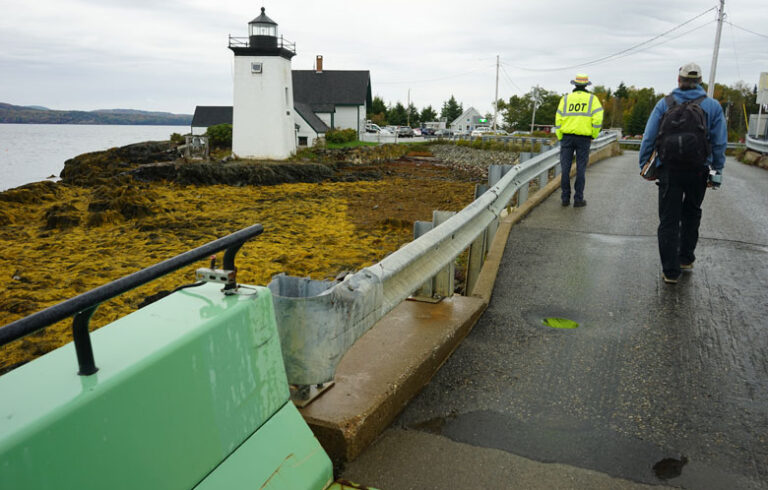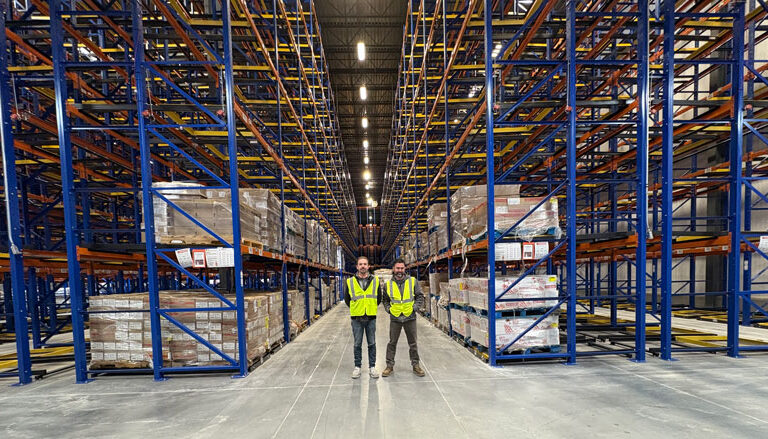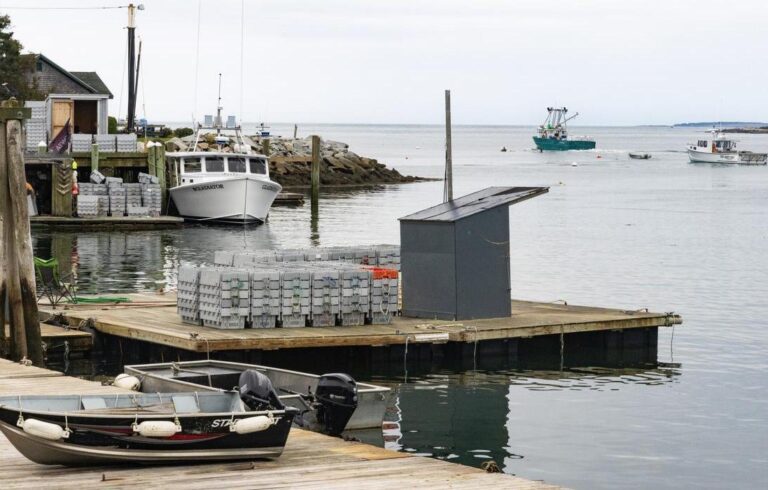The opinions expressed here do not reflect the views of Island Institute, the publisher of The Working Waterfront.
For the past 50 years, I have harvested seaweeds for food, medicine, and fertilizer, working within a five-mile radius of a home cove on Gouldsboro Bay where I keep my four little wooden boats which I built for $1,000 over 40 years ago. There’s no “floating mortgage” in my business.
During the pandemic year 2020, when researchers discovered that fucoidan in kelp acts as a decoy molecule in the gut, binding COVID so that it can be excreted, thus lightening the viral burden on a body in recovery, my partner Nina and I took just one apprentice for a year, rather than the usual half dozen apprentices who come drifting through here at various times of the year. We hunkered down as a pod of three people, gardening and eating together, doing the work of our company, Maine Seaweed LLC.
In 2020, we sold $262,000 of seaweed to 6,000 customers who appreciated our efforts to help them get well…
We usually manage to harvest, dry, and package 80% of a year’s inventory in ten weeks, extending from the last week in April through the first week in July. That way, we are harvesting the various seaweeds when they come to prime quality.
In 2020, we sold $262,000 of seaweed to 6,000 customers who appreciated
our efforts to help them get well and/or stay well. I stay in touch with my customers by occasionally sending out an email letter to 4,000 customers, and I get a 65% opening rate within a week.
When I harvest rockweed for fertilizer to sell on the internet to gardeners, I’m working at the rate of $180 per hour. I say to my apprentices, “What you’re witnessing in me is an old man’s economy of motion.”
I’ll be 80 next year. When I harvest food and medicine types (kelp, alaria, digitata, bladderwrack), I’m often working at 3-4 times the hourly rate for harvesting rockweed.
I’ve primarily worked with 1,200 feet of shoreline when it comes to harvesting rockweed, and my method is obviously sustainable. I pay attention to preserving overarching canopy habitat for the 150 other species that rely on rockweed for food, shelter, and nursery.
Here are some topics related to rockweed that have not been discussed in the media or in the courts. (In fact, I dropped out of membership in the Maine Seaweed Council because members have refused to openly acknowledge topics such as the mislabeling of rockweed as “kelp.” This damages people searching for kelp for nutrition and healing.)
- The upland owner has a direct interest in rockweed because rockweed dampens the waves that erode the shoreline. The statutory 16-inch cutting height will contribute to severe beach erosion.
- The morphology of rockweed: Rockweed grows very slowly. The distance between vesicle swellings on a rockweed stem is the distance that seaweed grew in a year. The growth rate averages 3-4 inches per year. In the first decade of growth, rockweed is bushy, about three feet high, with half of its biomass above midline, half below.
In the second decade of growth, rockweed resembles a mature maple tree with half of its biomass in the upper third of the plant, and the other half of its biomass in the lower two thirds of the plant. In other words, rockweed doesn’t begin to form overarching canopy habitat until the second decade of its life.
- The Maine statute that allows a cutting height of 16 inches does not take into consideration the decades required for rockweed to develop into mature overarching canopy habitat.
- I harvest on the incoming tide, about an hour and a half before full high tide. That way, I’m not able to reach rockweed in its first decade of growth. I gently tug the top of a rockweed frond, allowing it to separate where it would separate if it were locked in ice or tugged by storm waves. If the frond doesn’t separate, I don’t argue with it, I leave it alone.
After I harvest, I paddle through the beds when there’s three feet of water covering the fronds, and I want to make sure that there are still fronds splayed out on the surface. Those would be rockweed seaweeds in their second decade of growth, and I want to be sure I have left plenty behind. If I haven’t, then it’s time to give the bed a long, long rest.
- Nova Scotia and New Brunswick shorelines have not been carefully managed when it comes to the rockweed resource. Acadia Sea Plants harvests 50% of the biomass and then lets it rest for three years.
This is not sustainable. Thus they are exploiting Maine’s rockweed resource, having overharvested their own country’s shoreline.
“We take 17%,” they say. Translation: 50% divided by 3 rounds to 17%.
If you want to harvest rockweed, you have to make a business arrangement with an upland owner, much as a logger approaches a person with a woodlot. The sustainable rate of harvest where I live is one wet ton (50 bushels) per 150 feet of shoreline. When you get done, paddle through the bed when there’s three feet of water covering the plants, and make sure you still have overarching canopy habitat, as indicated by plants in their second decade of growth, splayed out on the surface.
Larch Hanson, with Nina Crocker, own and operate Maine Seaweed LLC, which hand harvests and dries Atlantic seaweeds and sea vegetables. Hanson, the founder, has been in the business for four decades. For more information, see: theseaweedman.com.





